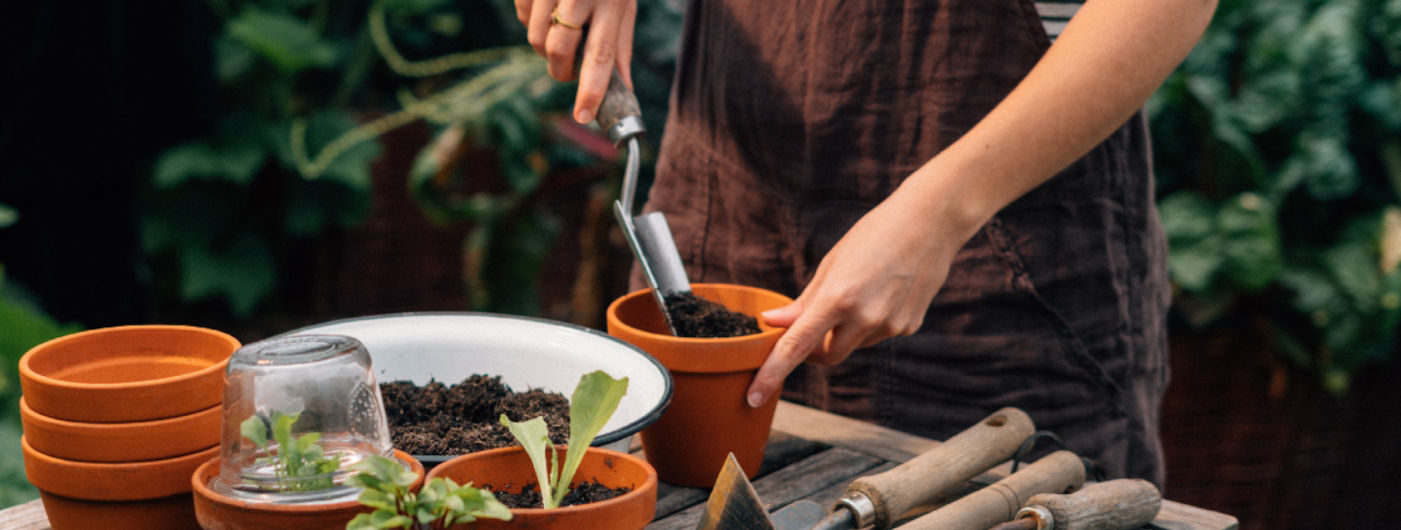Manufacturer information: Magic Garden Seeds GmbH | Junkersstraße 7 | Regensburg, Germany, 93055 | service@magicgardenseeds.com | https://www.magicgardenseeds.com
Others also bought:
Similar items
Question about item
Manufacturer information: Magic Garden Seeds GmbH | Junkersstraße 7 | Regensburg, Germany, 93055 | service@magicgardenseeds.com | https://www.magicgardenseeds.com

A garden is a beautiful journey to ourselves
By selecting "Accept all", you give us permission to use the following services on our website: Strictly necessary cookies, YouTube, Vimeo, Matomo-Webanalytics, Google Analytics, Google Ads, Google Tag Manager, Google Reviews, releva.nz Retargeting, Meta Pixel, Google Analytics, SHOPVOTE, PayPal Express Checkout und Ratenzahlung. You can change the settings at any time (fingerprint icon in the bottom left corner). For further details, please see Individual configuration and our Privacy notice.
Impressum | DatenschutzThe settings you specify here are stored in the "local storage" of your device. The settings will be remembered for the next time you visit our online shop. You can change these settings at any time (fingerprint icon in the bottom left corner).
For more information on cookie lifetime and required essential cookies, please see the Privacy notice.
Strictly necessary cookies are those that enable the basic functions of a website. Without them, the website will not work properly.
To view YouTube contents on this website, you need to consent to the transfer of data and storage of third-party cookies by YouTube (Google). This allows us to improve your user experience and to make our website better and more interesting. Without your consent, no data will be transferred to YouTube. However, you will also not be able to use the YouTube services on this website.
To view Vimeo contents on this website, you need to consent to the transfer of data and storage of third-party cookies by Vimeo.. This allows us to improve your user experience and to make our website better and more interesting. Without your consent, no data will be transferred to Vimeo. However, you will also not be able to use the Vimdeo services on this website.
Recording and evaluation of visitor and purchasing behavior
This is a web analysis service. It allows the user to measure advertising return on investment (ROI) and track user behavior. Data collected: anonymized IP address, date and time of visit, usage data, click path, app updates, browser information, device information, JavaScript support, pages visited, referrer URL, location information, purchase activity, widget interactions.
Google Analytics Tracking
Processing company:Google Ireland Limited
Terms of use: LinkThis is an advertising service. This service can be used to display personalized or non-personalized advertising to users. With Google Ads Conversion Tracking, we can measure our advertising success in the Google advertising network. We place advertisements in the Google advertising network so that our offers can be found more easily. We try to optimize our advertising as much as possible. Also to keep advertising costs as low as possible. This is reflected in our prices.
This is a tag management system. The Google Tag Manager allows tags to be integrated centrally via a user interface. Tags are small sections of code that can track activities. Script codes from other tools are integrated via the Google Tag Manager. The Tag Manager makes it possible to control when a specific tag is triggered.
Usage of Google functionalities
Processing company:Google Ireland Limited
Terms of use: LinkTo send data to Google, you need to consent to the transfer of data and storage of third-party cookies by Google. This allows us to improve your user experience and to make our website better and more interesting.
This script helps us, to offer you relevant services and products on other digital platforms.
Names of set cookies: dmc-12, dmc-12-r
Cookie validity: dmc-12 (2 Jahre), dmc-12-r (2 Jahre)
List of cookie domains: hyj.mobi
Place of processing: European Union
dmc-12
dyn.: No
Expires: 2 years
Storage type: Cookie
dmc-12-r
dyn.: Yes
Expires: 2 years
Legal basis:
The legal basis for the processing of personal data required by Art. 6 I 1 GDPR is specified below.
- Art. 6 Abs. 1 s. 1 lit. f DS-GVO
Place of processing: European Union
releva.nz
Terms of use: LinkTo send data to Meta, you need to consent to the transfer of data and storage of third-party cookies by Meta.. This allows us to improve your user experience and to make our website better and more interesting.
Meta Conversion-Tracking
Processing company:Meta Platforms Ireland Limited
Terms of use: LinkStatistical software for analyzing visitor data
Collection and provision of ratings
In order to unlock offers for extended payment options, in particular express checkout and payment in instalments, we require your consent to the data transfer and storage of third-party cookies of the payment provider PayPal. This allows us to also offer you express checkout and payment by instalments. Without your consent, only the technically necessary data transfer to PayPal will take place, but you will then not be able to use the express checkout or extended offers for payment by instalments on this site.
Using express checkout and Displaying offers for payment in instalments for individual items or your entire purchase.
Processing company:PayPal
Terms of use: LinkWould you like to see these contents? Activate the desired contents for one session only or allow the website to remember these settings. Once you have given your consent, the third-party data can be loaded. For this, third-party cookies might be stored on your device. You can change these settings at any time (fingerprint icon in the bottom left corner). For further details, please see the Privacy notice.

